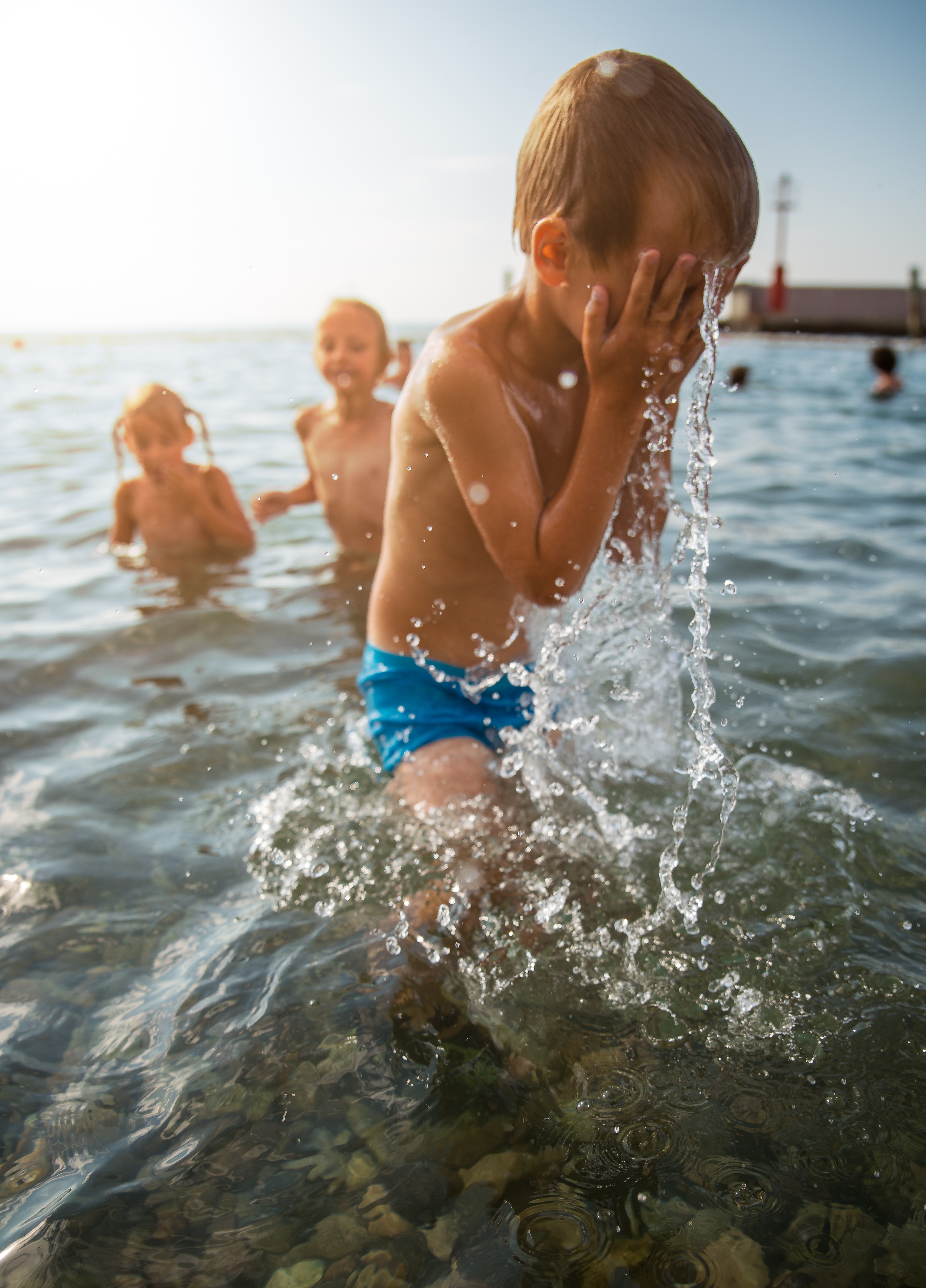I remember two things very vividly centered around the idea of getting hurt from when I was a kid: the time I broke my arm during roller skating lessons, and when I bruised my foot so badly doing “gymnastics” at a friend’s house, I had to wear a ridiculous orthopedic shoe for two weeks. While both of these injuries required a trip to the emergency room and x-rays, neither time were my parents watching me saying “Be careful!” before it happened.
The words be careful are becoming all too common for our kids. I’ll be the first to admit I am guilty of overusing the phrase not only with my own daughter but also with the kids I interact with on a daily basis. It’s easy to say, it encompasses a lot of different ideas into one, quick, yell-able burst, and can easily adapt to a range of severities.
However, we shouldn’t be telling kids to be careful but instead encouraging them to live and play with curiosity and problem solving in mind.
Kids Need to Be Curious
Allowing kids to explore things they haven’t tried before without the boundaries of “be careful” is incredibly important to the development of their self-esteem and to their perception of how challenging a task is. We should be encouraging kids to try to climb the wonky rock wall at the park or to swim without their puddle jumper if their curiosity about it is sparked. Oftentimes, we consider the dangers of what could happen and rattle off a list of risks instead of leading with positivity and offers to assist, if needed. This can cause kids to become afraid of trying and overly anxious about the dangers that may come with simply trying something new.
Kids Need Risk
According to Ellen Sandseter, a professor of evolutionary psychology, there are six types of risky play: heights, speed, dangerous tools, dangerous elements (fire, water, etc.), rough and tumble, and disappearing or getting lost. While many modern-day parents may be getting heart palpitations thinking of their kids playing in these ways, the benefits are proven to far outweigh the risks.
The main benefit of engaging in risky play is that children become more resilient from dealing with strong emotions like fear and anger. By dealing with these emotions and processing them in a fun and safe way through play, they are better equipped to handle real-life situations when these feelings may arise.
Unfortunately, kids are frequently told not to engage in risky play, or to be careful while doing so. This adult-controlled play is actually hurting kids in the long run because they are not allowed to self-regulate their capacities for fear or avoiding risks.
Kids Need to Grow
There are two senses that are developed over the course of childhood through the engagement of gross motor skills: proprioception and vestibular. Proprioception is how you know where your body parts are without looking at them. Vestibular sense is all about maintaining balance and being aware of your surroundings.
Every day at swim practice, I see kids swimming literally on top of each other, getting bonked in the head because they ran into someone else, and crashing their arms or legs into the lane lines. The reason? Their proprioception and vestibular senses aren’t fully developed yet, so their bodies aren’t completely sure where everything is happening in space. They have a hard time sensing when they’re getting close to another object or person because they haven’t practiced it enough. The more we allow kids to move their bodies and use their gross motor skills, the easier it will be for them to do things like sports or large group play with fewer injuries.
Kids Need to Hear Alternatives
At the root of it all, “be careful” is just too vague. Kids don’t understand what we mean when we say it and too often it turns into more of a stop sign than a proceed with caution. No one wants to see their kids in pain or hurt, especially when it can easily be prevented, so using a more specific directive can not only help kids avoid an accident but will also help them learn how to handle similar events in the future.
Here are some alternatives to use instead of “be careful” to help your kids stay safe while also exploring and being curious about their surroundings:
- “Hold on to the handrail when you go down the stairs.”
- “You can look but please don’t touch those hot pans.”
- “Make sure your fingers are out of the way before closing the door.”
- “Is there anyone in front of you before going down the slide?”
Kids are going to end up bumped and bruised regardless of our best efforts to protect them, and that’s completely OK. Their bodies and minds need physical stimulation and loads of adventurous play, and as parents, we can help them by taking a step back and allowing them to live dangerously from time to time.












